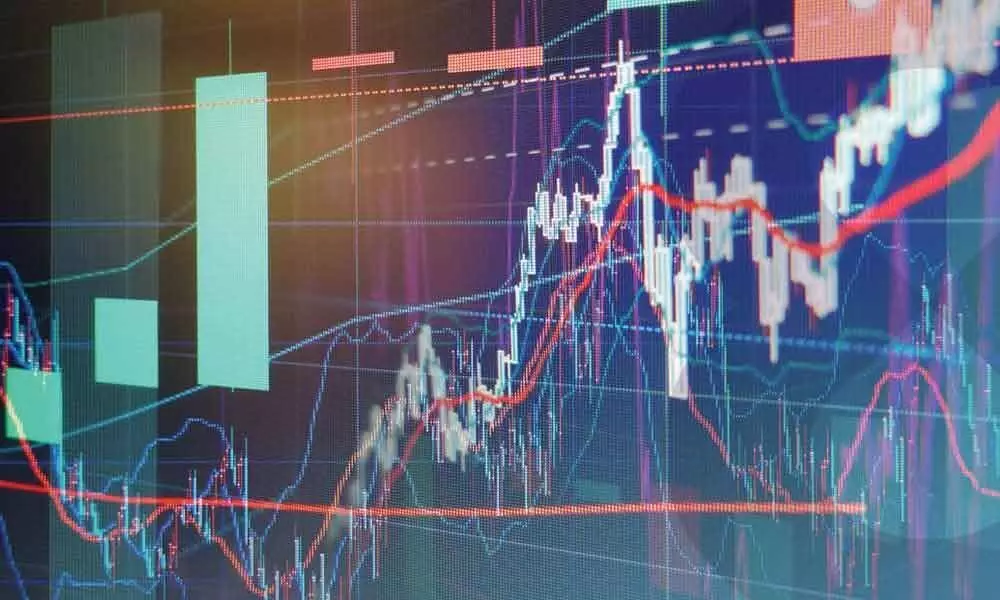Trading with moving averages

A trader is surrounded with so many indicators leaving him perplexed as to which is the best indicator.
A trader is surrounded with so many indicators leaving him perplexed as to which is the best indicator. The simplest indicator among all is moving average.
Moving averages are one of the most popular and easy to use tools available to a technical analyst. They smooth a data series and make it easier to spot trends, something that is especially helpful in volatile markets.
They also form the building blocks for many other technical indicators. Two popular types of moving averages are simple moving average and exponential moving average.
Simple moving average
Simple moving average is found by computing the average price of a security over a specified period of time. Generally, the closing price is taken into consideration for calculating the average.
For example, a five-day simple moving average is calculated by adding the closing prices for the last five days and then dividing the total by five.
The averages are then joined to form a smooth curving line -- moving average line. However, we need not worry about calculation of moving average because most of the software trading platforms provides you with the requisite data.
All moving averages are lagging indicators and will always be 'behind 'the price.
Exponential moving average
In order to reduce the lag in simple moving averages technicians often use exponential moving averages. EMA's reduce the lag by applying more weight to recent prices relative to older prices.
The weight applied to the most recent price depends on the specified period of the moving average. Exponential moving average puts more weight on recent prices so it will react quickly to a recent price change than a simple moving average.
The EMA which is generally more sensitive than the SMA will also be likely to generate more signals. However, there will also be an increase in the number of false signals and whipsaws.
The advantages of using moving averages need to be weighed against the disadvantages.
Moving averages are trend following or lagging indicators that will always be a step behind. Moving averages can be effective tools to identify and confirm trend, identify support and resistance levels and develop trading systems.
However, traders and investors should learn to identify securities that are suitable for analysis with moving averages and how this analysis should be applied.
As trend is your friend it is best to trade in the direction of the trend. Moving averages will help ensure that a trader is in line with the current trend.
However, markets, stocks and securities spend a great deal of time in trading ranges, which render moving averages ineffective.
Once in a trend moving averages will keep you in, but also give late signals. Moving averages should be used in conjunction with other tools that compliment them as it will greatly enhance technical analysis.
(The author is a homemaker who dabbles in stock market investments in free time)














